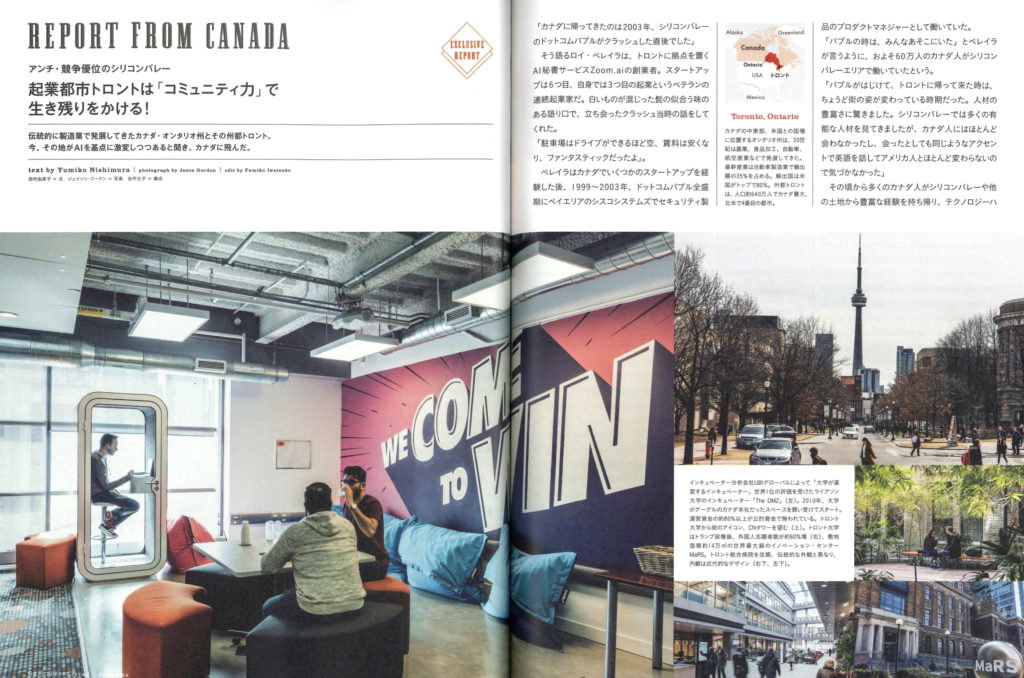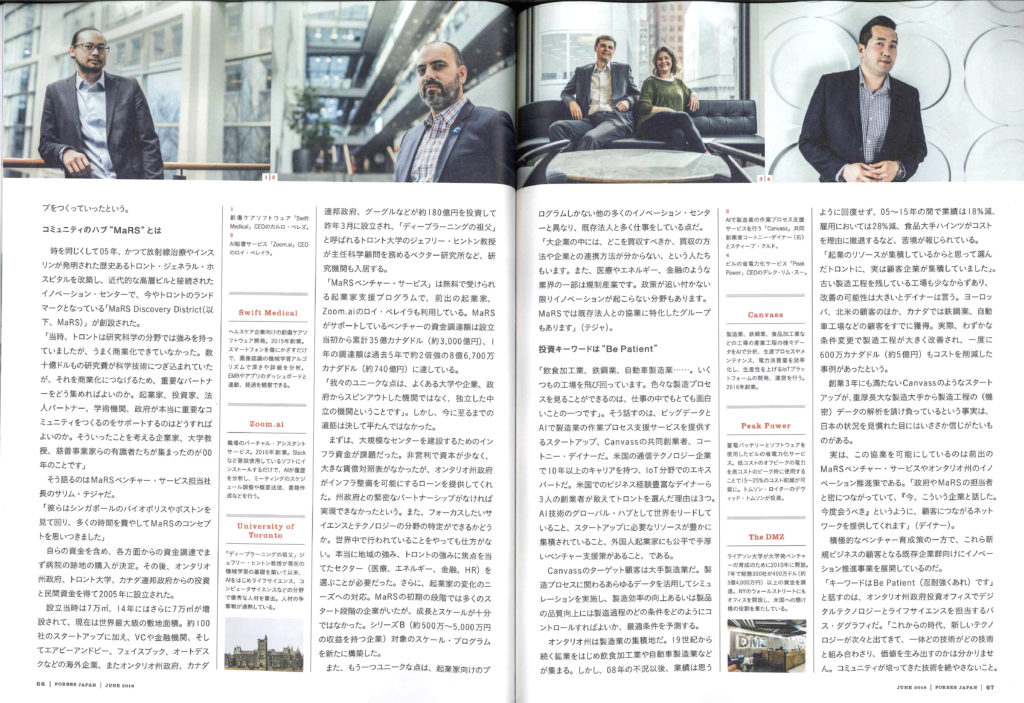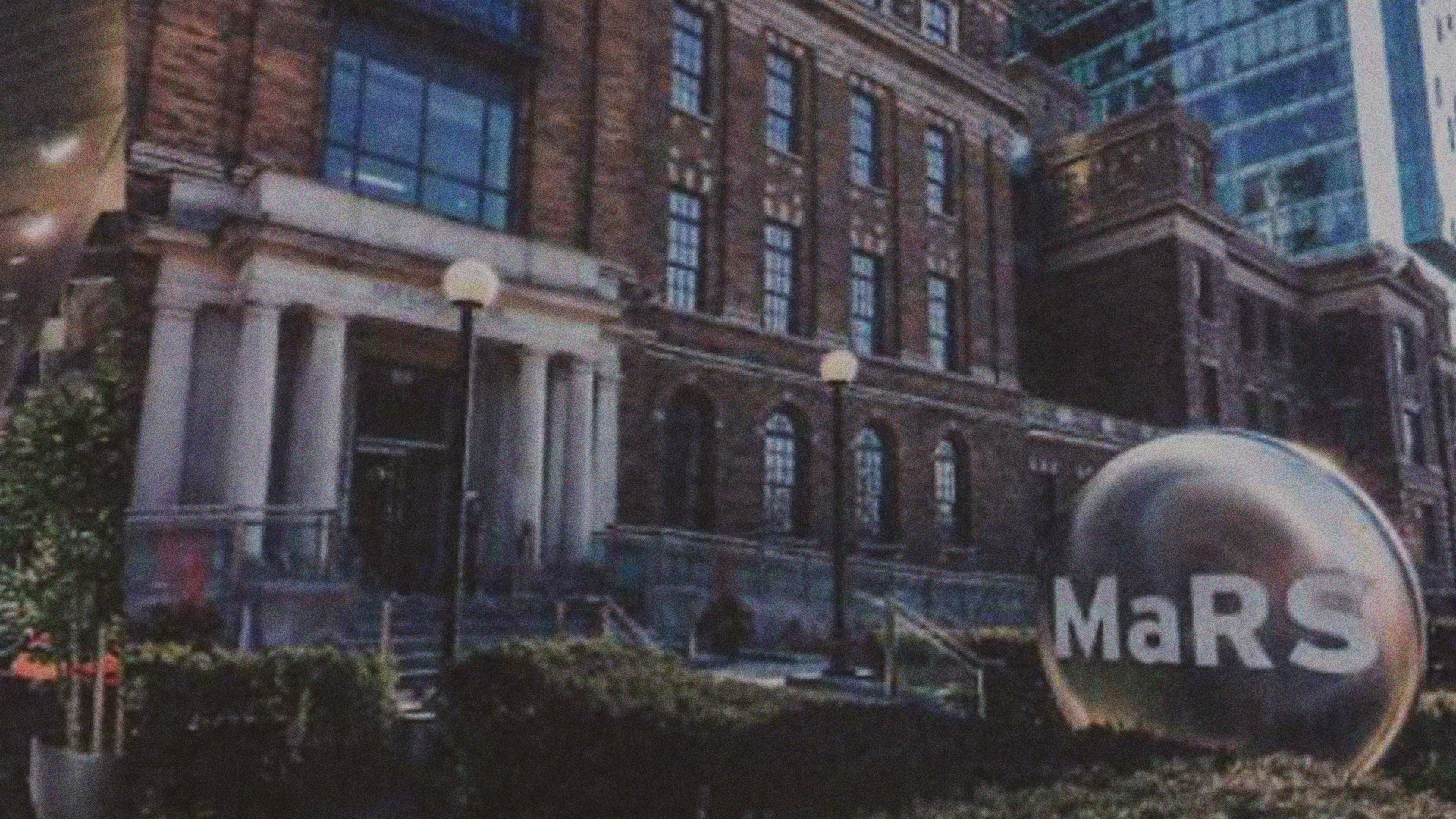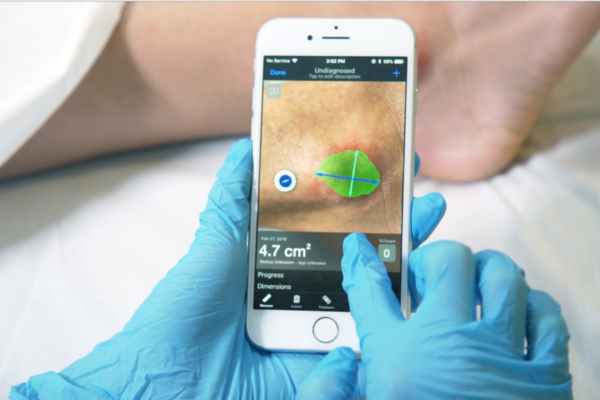With a history rooted in manufacturing, Toronto’s commercial sector has evolved into an innovative hub driven by collaboration and advances in such fields as artificial intelligence. Forbes Japan writer Yumiko Nishimura talked to Swift Medical Inc., CEO Carlo Perez and other tech startup founders about the city’s “community power” and how this differs from Silicon Valley’s focus on competitive advantage.
Read Forbes Japan Report from Canada: ‘Entrepreneurship City” Toronto counts on its ‘community power’ for survival


By Yumiko Nishimura, Forbes
Ontario, Canada, and its provincial capital, Toronto – which have traditionally developed with manufacturing – are now drastically changing with AI. So we flew to Canada to see the changes happening.
Roy Pereira, founder of Zoom.ai, an automated assistant service company based in Toronto, said that he came back to Canada in 2003, immediately after the dot.com bubble burst in Silicon Valley. The company is the sixth startup he worked for, and the third one he himself set up. He is a sort of ‘serial entrepreneur.’ He told us about the days of the Silicon Valley bubble crash he witnessed. “The parking space was so empty that you could enjoy a drive. Office rents fell sharply and it’s really fantastic,” he said.
Pereira worked as the product manager of security products at Cisco Systems in Bay Area in 1999 to 2003, the high time of dot.com bubbles, after working with several start-up companies in Canada. About 600,000 Canadians were working in Silicon Valley during the bubble years. When he came back to Toronto, Toronto was just beginning to change, and he was surprised by the abundant talented workforce. He met many talented people in Silicon Valley, but not many Canadians, or not that he noticed, as they spoke English in the same accent as Americans.
Around that time, many Canadians were coming back to Canada with experiences in Silicon Valley and other places and began to make a technology hub in the Toronto neighborhood.
What is MaRS, a community hub?
Around the same time, in 2005, “MaRS Discovery District,” the innovation center and Toronto’s landmark today, was established in the old Toronto General Hospital, where radiation therapy and insulin were invented, after the historic building was renovated, in the area where modern skyscrapers stand.
Salim Teja, MaRS president, venture services, explained MaRS history in the following way: “In those days, Toronto had advantages in advanced scientific research areas, but could not lead the research results to commercialization. So, in 2000, business leaders, university professors, philanthropists and others gathered to study how to bring important partners together to commercialize research results, to be obtained with several billions of dollars spent for such researches, and how to support entrepreneurs, investors, corporate partners, academics and government in their efforts to build a truly important community. They visited Singapore’s Biopolis and Boston, and spent many hours to work out the concept of MaRS”, he said.
They raised funds, including their own contributions, from various sectors and decided to purchase the former Toronto General Hospital site. MaRS was established in 2005, with investments from the Ontario government, the University of Toronto, and the federal government, together with private sector contributions.
Its site was 70,000 square meters in space at the time of the MaRS’ launch, and another 70,000 square meters was added in 2014, to become one of the world’s largest for its kind. Such research institutions as the Vector Institute are also housed in it. The Vector Institute was established in March 2017, with some 18 billion yen, by the Ontario government, the University of Toronto and the federal Canadian government, as well as various companies and financial institutions, including Google. Professor Geoffrey Hinton of the University of Toronto, known as the “godfather of deep learning,” serves as chief scientific advisor for Vector.
MaRS Venture Service is a free program to support entrepreneurs, which Roy Pereira of Zoom.ai, also utilizes.
The amount of funds raised by ventures supported by MaRS since its launch totaled C$3.5 billion, and funds raised per year more than doubled to C$867 million over the last five years. What is unique about MaRS is the fact that this is an independent, neutral institution, unlike a spinoff institution from a company or university, which is more common. But, the path to what it is today was never smooth.
The first problem was to secure the infrastructure fund to build that large-scale center. Eventually, the Ontario government came to the aid and provided a loan. The MaRS project would not have been possible to realize without the close partnership with the provincial government.
Another problem was to identify the areas of science and technology to focus on, without replicating other research institutions in the world. It was really necessary to select the sectors that represent the strength of the region and Toronto’s strength, such as medicine, energy, finance and human resources. A third problem was to meet changing needs of entrepreneurs. In the early stage of MaRS, there were many early startups whose growth and scaling up were not sufficient. To cope with this problem, a new scaleup program was created for Series B startups.
Another unique point of MaRS is that it is doing many programs with existing full-fledged companies – unlike other innovation centers that have programs only for entrepreneurs. According to MaRS President Teja, even some major companies do not know which companies they should acquire, or how they can acquire or merge or partner with other companies. And so, at MaRS, there is a group focusing on collaboration with existing companies.
Key phrase for investment: ‘Be Patient’
“I’m going around many plants of food and beverage processing, steelmaking and auto-manufacturing sectors. It’s fun to be able to see various manufacturing processes,” says Courtney Deinert, co-founder of Canvass Analytics, a start-up that provides manufacturing process support service, using big data and AI. She is an expert of IoT, with more than 10 years of experience at US communication technology companies. There are three reasons why the three co-founders, including Deinert, chose Toronto for their start-up base. First, Toronto is leading the world as a global hub for AI technologies. Second, abundant resources necessary for start-ups are accumulated. Third, there are fair and generous venture support measures available also for non-Canadian entrepreneurs.
Target customers of Canvass are major manufacturers. It predicts optimum conditions for improving manufacturing efficiency or improving quality of products, through simulations using all available data on manufacturing process.
Ontario is a big cluster of manufacturing industries. Mining, which is ongoing since the 19th century, food and beverage processing industry and automotive industry are gathering. However, since the 2008 recession, business performances have not recovered fast enough. Manufacturers’ performances during 2005 to 2015 declined 18%, while employment fell by 28%. Major food company Heinz withdrew for reasons of rising costs.
Deinert says that Canvass chose Toronto because it had thought that there are start-up resources clustered there, but the fact was that Toronto had a large cluster of customers. She says that there are many plants that still have old manufacturing processes, and that there are large possibilities for improvement. Canvass has already obtained customers in steelmakers and automotive plants in Canada in addition to customers in Europe and North America. In fact, there is a case in which manufacturing processes were substantially improved only with small changes of conditions, saving as much as C$6 million, according to Deinert.
It is something unbelievable to those who are used to the situation in Japan that a start-up like Canvass, in less than three years since its launch, is doing work of confidential manufacturing process data analysis for a big company.
It is the above-mentioned MaRS Venture Service and Ontario’s innovation promotion measures that make this collaboration possible. Start-ups are closely connected with government and MaRS officials, who give them advice on companies they have just talked with and provide them with networks that help to get to customers, according to Deinert. While promoting measures to foster ventures, Ontario is also promoting innovation of existing traditional companies that become customers for those start-up companies.
The key phrase is “Be patient,” says an officer responsible for digital technology and life science at the Ontario Investment Office. New technologies come after new technologies in this age, and one cannot tell which technology will combine with which technology and produce what value. Therefore, it is important for the government investment projects to keep investing in both new technologies and old technologies patiently, the officer, Buss Douglapy (phonetic), said.
Human resources ‘concierge’ in government
All start-ups we met in Toronto are collaborating very well with major traditional companies and industries. Swift Medical, a healthcare start-up, provides wound care service for healthcare workers. CEO Carlo Perez says that even the most advanced healthcare devices will not be adopted unless they fit well the work flow of the work site. His start-up company is providing service to several healthcare institutions by closely collaborating with them, although it was launched only three years ago.
Peak Power Inc. CEO Derek Lim Soo, former GE engineer, started his company to provide software service to optimize electric power consumption during the peak hours and save power with the AI technology. David Thomson, a Canadian media magnate, has invested in and assists in finding users of its service. Initially Soo worked at MaRS as a start-up mentor and started up his own venture company.
What all entrepreneurs mention almost unanimously as Toronto’s attractive point or strength are that world-leading AI researches and many talented people are working there, along with generous venture support measures.
Innovation of science and technology today is a global battle, and not only a battle within the country, says Salim Teja of MaRS. Currently the UK is investing heavily in AI, Israel in cyber security and Japan in robotics, and so Canada must win the severe competition, he says, adding that, subsequently, demand for talented people has been increasing every day.
Teja explained that there are about five “talent pools” in its own talent strategy: 1. Talents coming out of universities, graduate schools, and doctor’s courses; 2. People working in companies who are interested in becoming entrepreneurs or starting up a venture; 3. People already in the start-up ecosystem who are thinking of moving up to the next stage; 4. Canadians abroad who are considering options to return to Canada, and 5. International talents who may have been wishing to go to the US. He thinks that it is possible to improve and scale up companies’ talent resources by developing strategies for each “talent pool” and arrange “matching” for companies needing to build up their talent resources.
Teja and others have worked out the “global skill visa” system in cooperation with the federal government so that visas are issued in only two weeks to foreigners with business skills in specific areas. Companies in Canada can apply to use this visa system. There are also “concierges” in the government and MaRS so that companies can ask advice on talented human resources they need. Under this visa system, spouses can also obtain visas along with the skilled workers. It is surprising that since the US government under President Donald Trump began to take severe immigration policies, the number of foreign applicants for the University of Toronto increased sharply by 80%.
“When I came back to Toronto, it was easier to live than I had expected,” said Roy Pereira, who came back from Silicon Valley in 2003. “Then, I began to have a desire to start up something,” he added. He is actively working as a mentor for entrepreneurs and woman entrepreneurs in Toronto along with his job as the Zoom.ai founder.
During this visit, I could witness an interesting “survival community” in the age of innovation, which focuses on the true strength of the region (Toronto) and extends warm welcome to Canadians returning from abroad and immigrants coming from other countries, supporting them with the whole region – in contrast to the Silicon Valley way of valuing “competitive advantage”.





